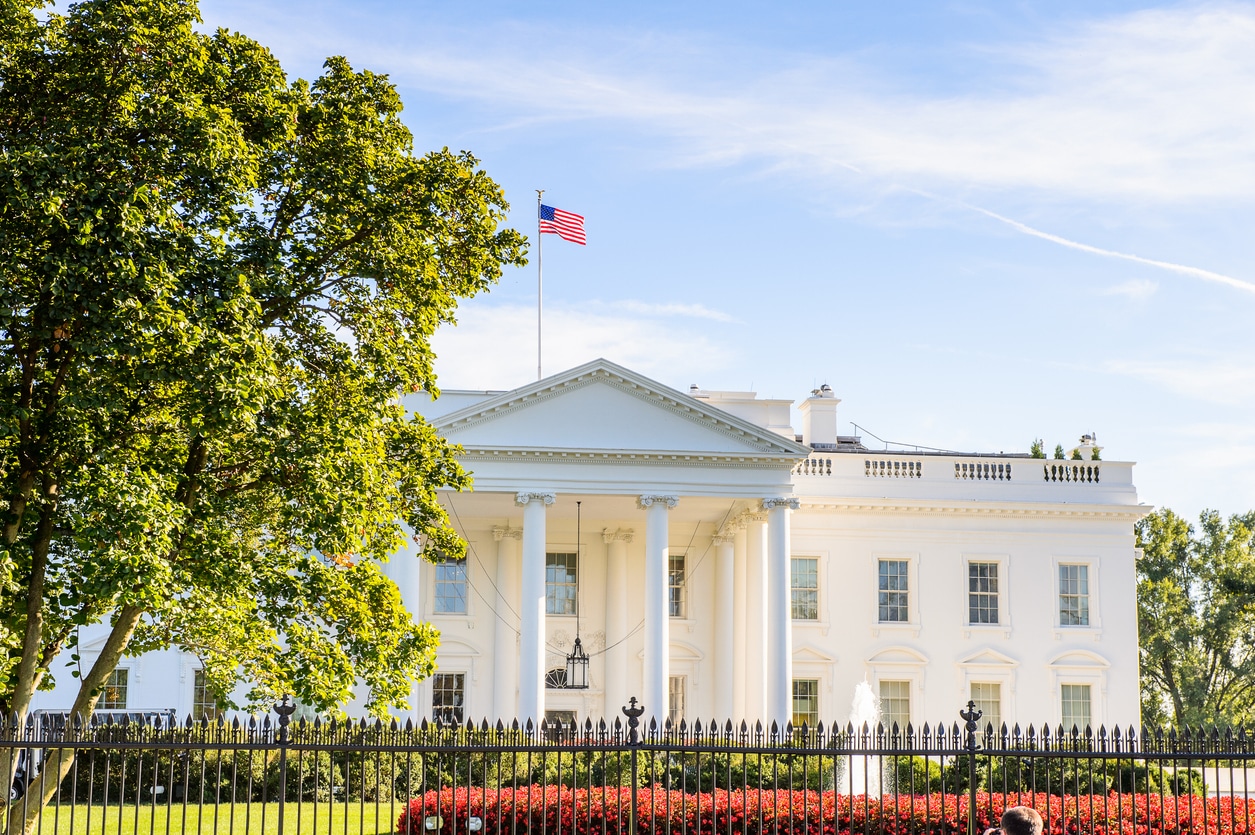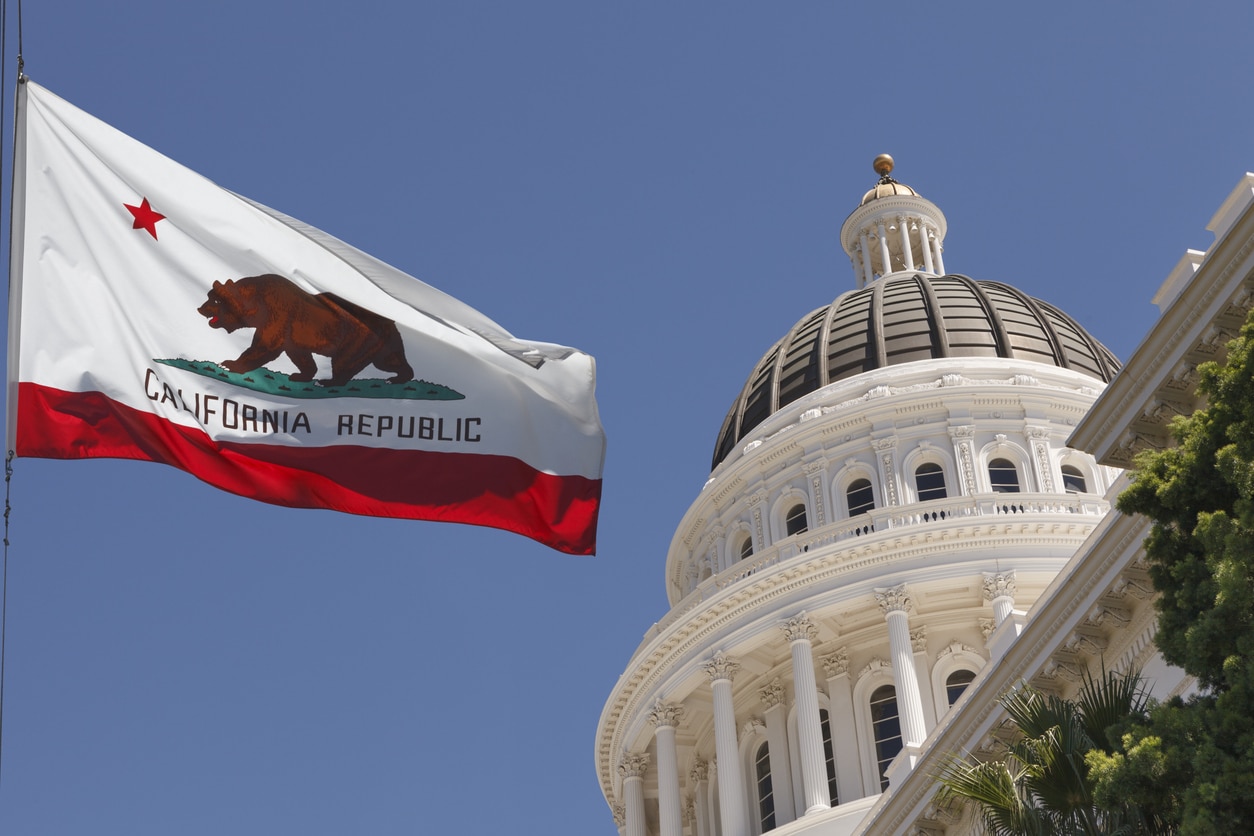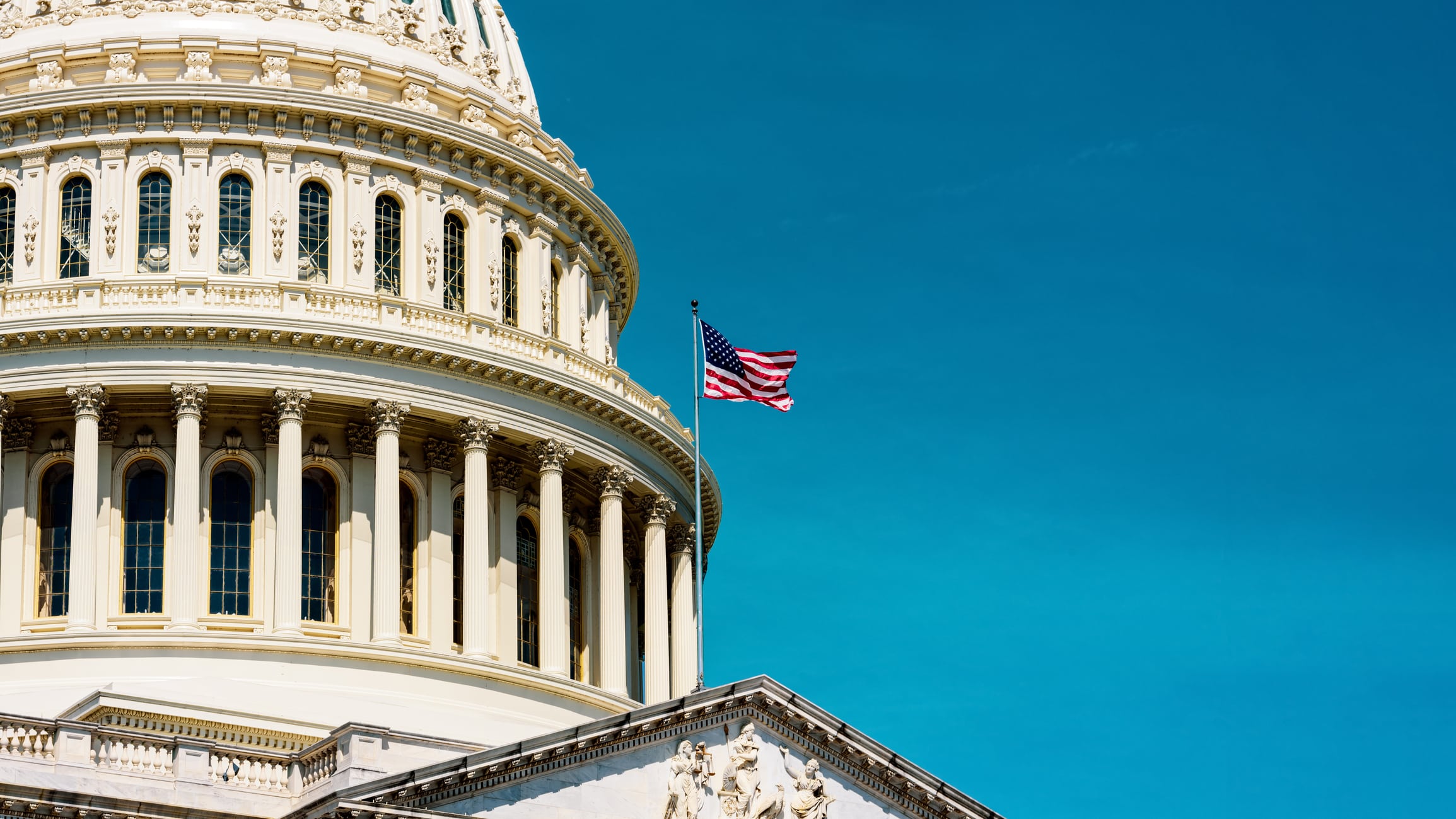Young voters feel “worse off” financially than a year ago
A new Emerson College Polling national survey of US voters finds President Donald Trump holding a steady job approval rating of 45%, while disapproval of the job he is doing in office has inched up one point to 48%.
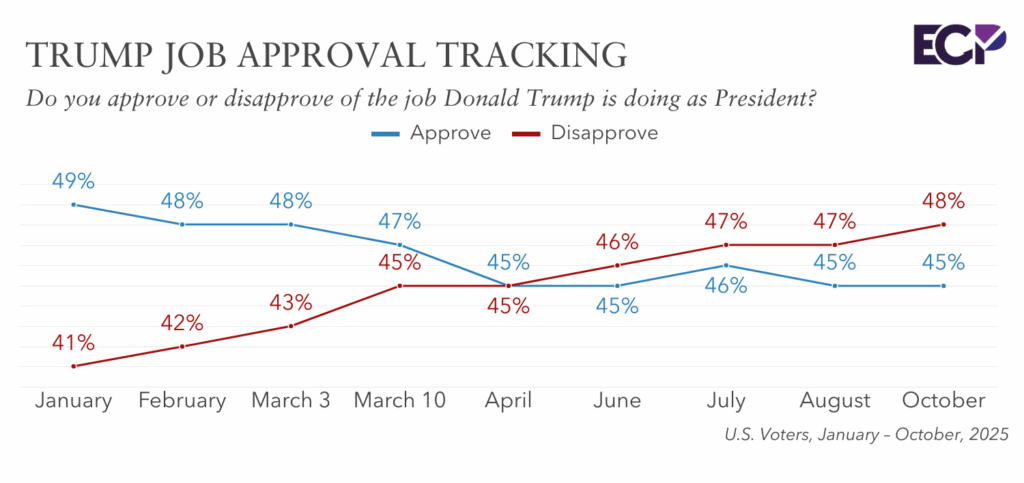
Following the Gaza ceasefire deal, 47% of voters approve of Trump’s handling of the war between Israel and Hamas, while 34% disapprove. Public opinion has flipped since the Emerson 100-day poll, when 30% approved and 46% disapproved of the president’s handling of the war between Israel and Hamas.
“Republicans generally approve of Trump’s handling of the war between Israel and Hamas at 80% to 7%, while Democrats disapprove 57% to 19%,” Spencer Kimball, executive director of Emerson College Polling, said. “The shift in overall approval comes from independents, who approve 43% to 38%; in April, independents disapproved 43% to 25%.”
“While voters’ attitudes on Trump’s handling of the war between Israel and Hamas have shifted, it doesn’t appear to have impacted his overall job approval. Instead, the president’s disapproval increased by a point since August.”
Voters remain split on whether Trump’s second term in office has been more of a success or failure: 50% view it as a success and 50% failure. A majority of voters (54%) do not think Trump deserves the Nobel Peace Prize for his actions in Israel and Gaza, while 38% think the president deserves the prize.
Half of voters (50%) disapprove of Trump’s handling of the war between Russia and Ukraine, while 30% approve. Since the 100-day poll, disapproval dropped two points and approval increased three points.
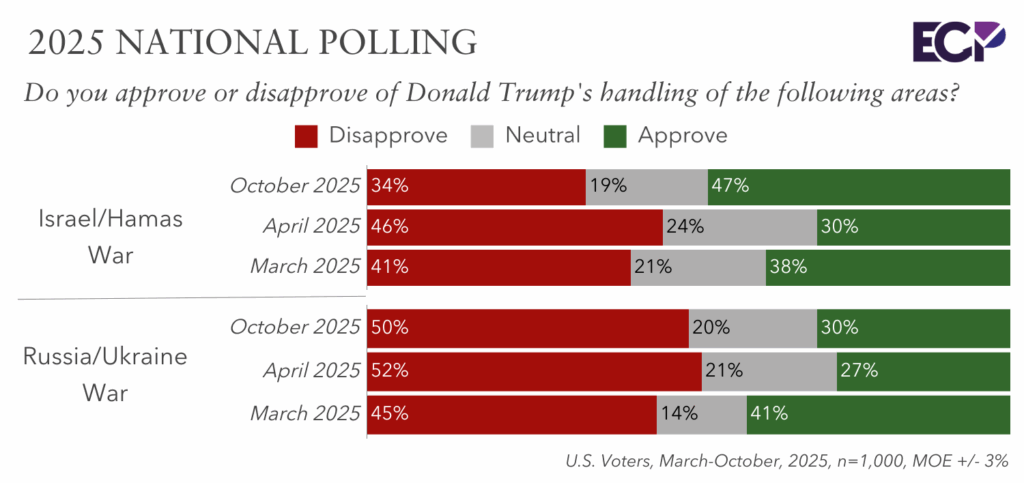
Forty-two percent have a favorable opinion of Ukrainian President Volodymyr Zelenskyy, while 34% have an unfavorable view of him. Israeli Prime Minister Benjamin Netanyahu has a 30% favorable rating among US voters, while 46% have an unfavorable view of him. Six percent of voters have a favorable view of Russian President Vladimir Putin, while 74% have an unfavorable view of Putin.
Economic Concerns
Voters continue to name the economy as the top issue facing the United States (31%), followed by threats to democracy (23%), immigration (13%), healthcare (9%), crime (8%), and housing affordability (6%).
A majority of voters (52%) disapprove of Trump’s handling of the economy, while 37% approve of the president’s handling of the economy. This is a three-point increase in disapproval since the 100-day poll, while approval on the economy remained the same.
Forty percent of voters say their household finances are worse off than a year ago, while 30% are better off and 30% are about the same.
“Majorities of voters under 30 and in their 40s say they are worse off financially than a year ago, and these groups are most likely to name the economy as the top issue facing the country. Voters over 70 are more concerned about threats to democracy, at 39%, than any other age group,” Kimball said.
Government Shutdown
Nearly half of voters (49%) said the government shutdown is having “no real impact” on their household, while 30% said “a minor impact,” 14% a “major impact,” and 7% are unsure.
2026 & 2028 Elections
Looking ahead to the 2026 Midterm Elections, 44% plan to vote for the Democratic candidate and 43% the Republican candidate on the generic congressional ballot; 14% are undecided.
In a hypothetical 2028 presidential election between California Governor Gavin Newsom and Vice President JD Vance, who topped the August 2028 presidential primary ballot test, 46% support Vance and 45% Newsom; 10% are undecided. Since July, Newsom has picked up three points and Vance one point.
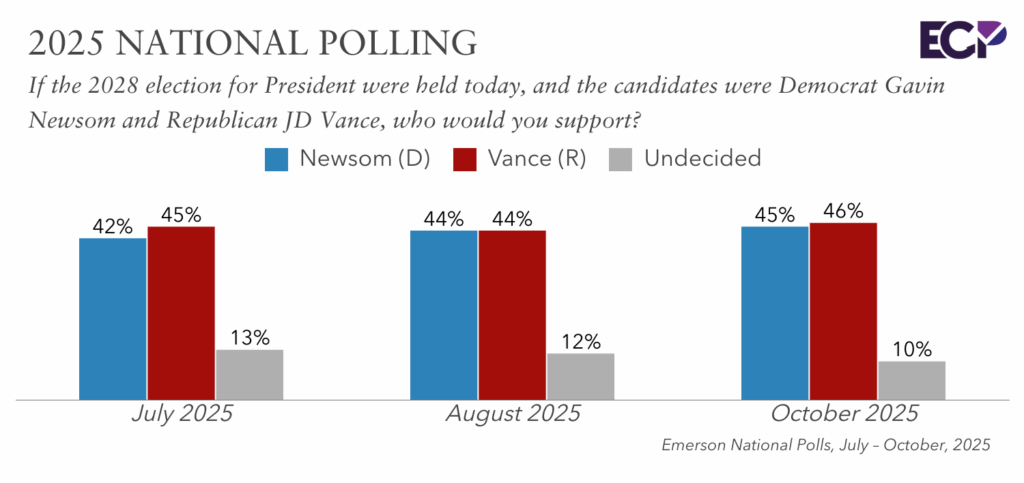
“The 2026 congressional ballot and the hypothetical 2028 matchup between Vance and Newsom also remain unchanged, suggesting a polarized electorate where individual issues may not be enough to sway overall opinion,” Kimball said. “It will be interesting to see whether ‘threats to democracy’ will influence voter attitudes, or if the dominant factor continues to be the economy, which voters, particularly women and younger voters, see as heading in the wrong direction.”
Methodology
The Emerson College Polling national survey was conducted October 13-14, 2025. The sample of U.S. active registered voters, n=1,000, has a credibility interval, similar to a poll’s margin of error (MOE), of +/- 3 percentage points. The data sets were weighted by gender, education, race, age, party registration, and region based on U.S. Census parameters and voter file data.
It is important to remember that subsets based on demographics, such as gender, age, education, and race/ethnicity, carry with them higher credibility intervals, as the sample size is reduced. Survey results should be understood within the poll’s range of scores, and with a confidence interval of 95% a poll will fall outside the range of scores 1 in 20 times.
Data was collected by contacting a voter list of cellphones via email using voter lists provided by Aristotle, MMS-to-web text of an opt-in panel of voters provided by the Consensus Panel, with additional online panel interviews provided by CINT. Panel responses were matched to the Aristotle voter file using respondents’ full name and ZIP code. The survey was offered in English.
All questions asked in this survey with the exact wording, along with full results, demographics, and cross tabulations can be found under Full Results. This survey was funded by Emerson College.



